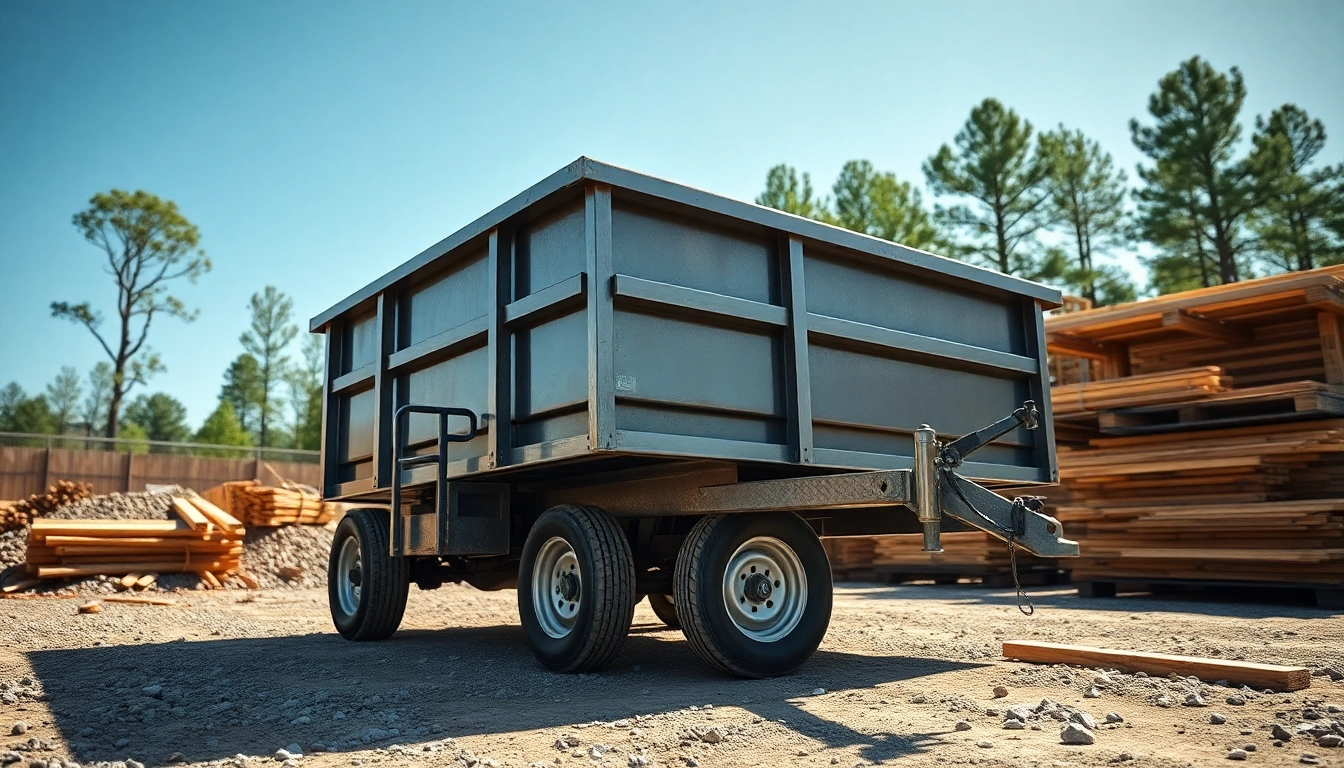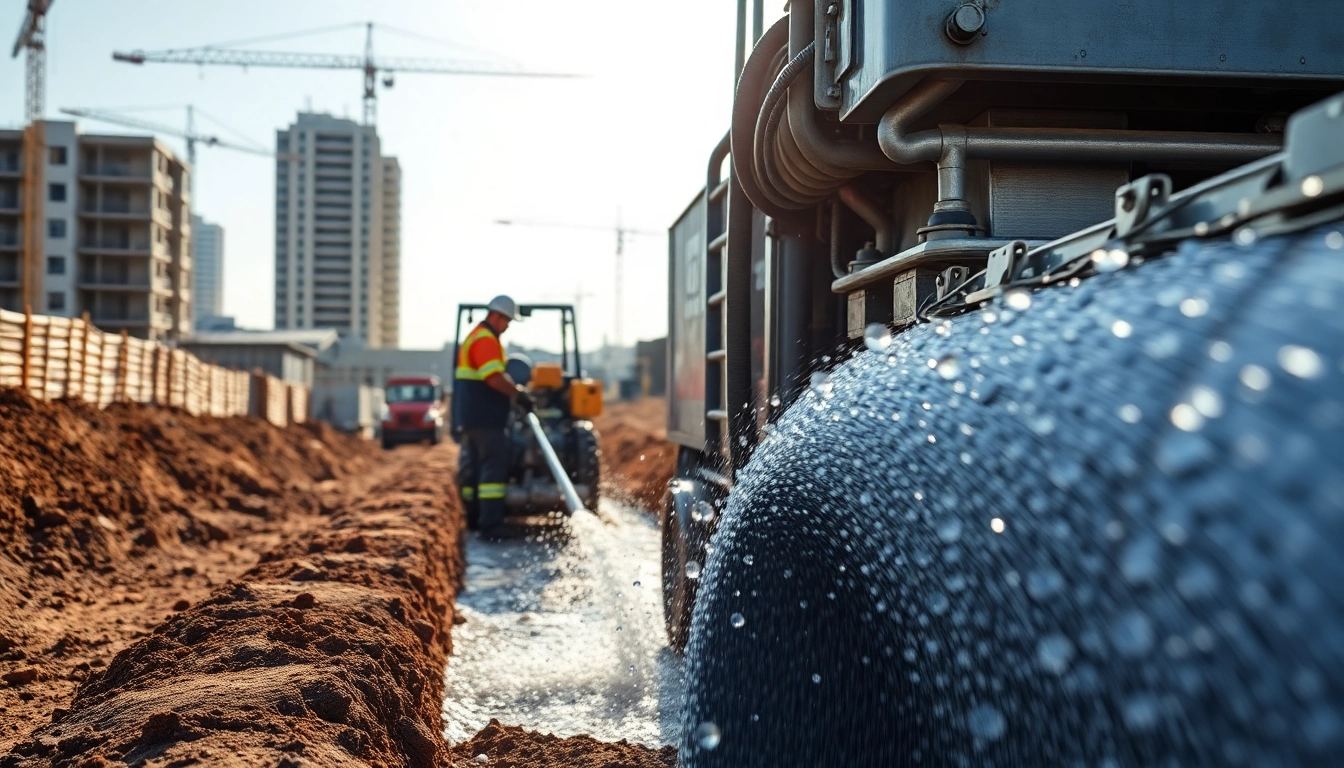Understanding Piping Stress Analysis
1. What is Piping Stress Analysis?
Piping stress analysis is a comprehensive engineering process that evaluates the stresses and strains on piping systems, ensuring their integrity, safety, and longevity. This analytical approach is critical in various industries, including oil and gas, chemical processing, and power generation. The primary goal is to predict how piping systems will behave under different conditions, such as temperature changes, pressure fluctuations, and external loads.
By utilizing advanced modeling techniques and software, a piping stress analysis company assesses the limits and operational viability of piping structures. This analysis helps in identifying potential failure points before they occur, thereby minimizing downtime and maintenance costs.
2. Importance of Stress Analysis in Piping Systems
The significance of piping stress analysis cannot be overstated. Firstly, it safeguards against catastrophic failures that can result in severe injuries, environmental damage, or loss of life. Effective stress analysis allows engineers to design systems that are not only functional but also resilient.
Moreover, the analysis enables compliance with industry standards and regulations. Many standards, such as ASME B31.3 for process piping and ASME B31.1 for power piping, stipulate the necessity of stress analysis to confirm that the piping systems can withstand operational conditions while maintaining safety.
Additionally, piping stress analysis can lead to cost savings over the lifecycle of the system. By identifying stress points early in the design phase, companies can avoid expensive redesigns and repairs later on, eventually leading to a more economical design and operation of facilities.
3. Common Stress Factors in Piping Design
Piping systems encounter various stress factors that need to be comprehensively analyzed. These include:
- Thermal Expansion: Changes in temperature can lead to thermal expansion, causing misalignment and additional stresses.
- Pressure Variations: Fluctuations in internal pressure can exert significant stress on pipe walls, making pressure analysis critical.
- Mechanical Loads: External loads from equipment, wind, or seismic events can impact the structural integrity of piping systems.
- Weight of Piping and Contents: The inherent weight of pipes and the materials they carry adds to the stress experienced in the system.
- Support Configurations: Improper support design can lead to undue stress concentrations at support points.
Key Services Offered by Piping Stress Analysis Companies
1. Comprehensive Stress Analysis Services
Piping stress analysis companies provide a range of services tailored to meet the specific needs of industries utilizing piping systems. These services often begin with a detailed initial assessment followed by in-depth analysis using sophisticated methodologies such as Finite Element Analysis (FEA) and Computational Fluid Dynamics (CFD).
The key services include:
- Vertical and Horizontal Stress Analysis
- Dynamic Analysis for seismic and wind load assessments
- Thermal Analysis to evaluate the impacts of temperature changes
- Fatigue Analysis to determine the viability through operational cycles
2. Simulation and Modeling Techniques
Modern piping stress analysis incorporates advanced simulation and modeling techniques that heighten the accuracy of predictions. Using tools like CAD software alongside specific piping stress analysis programs allows engineers to visualize potential failures in real-time and iterate designs swiftly.
Key modeling techniques include:
- Finite Element Modeling (FEM): This technique breaks down complex piping systems into smaller, manageable elements for thorough analysis.
- Dynamic Simulation: Incorporates real-world conditions, including vibrations and fluid-structure interactions, for a detailed outlook on system performance under live conditions.
3. Consulting and Compliance Services
In addition to analysis, these companies also provide consulting services to assist clients in understanding compliance with local and international piping codes and standards. This support ensures that the piping systems not only perform safely and effectively but also adhere to legal expectations.
Consulting services often involve:
- Regulatory advice to meet compliance standards
- Training sessions for in-house teams on best practices
- Risk assessments to proactively identify potential issues
Innovative Tools and Software for Piping Stress Analysis
1. Leading Software Solutions in the Industry
The market is flooded with various software solutions designed for piping stress analysis. Among them, software like Caesar II, AutoPIPE, and ANSYS offer robust features geared towards ensuring precise analysis.
These tools include functionalities such as:
- Intuitive user interfaces for easier navigation
- Integration with existing CAD systems for seamless workflow
- Comprehensive reporting features to summarize results and assessments
2. Advantages of Advanced Simulation Tools
Utilizing advanced simulation tools can drastically improve analysis outcomes. The advantages include enhanced accuracy, rapid design cycles, and the ability to simulate numerous scenarios without the risk of physical experimentation.
Moreover, these tools often come with automated features for generating compliance documentation, thus relieving engineers of tedious reporting tasks and allowing them to focus on design innovation.
3. Integrating Technology in Stress Analysis
Incorporating technology into piping stress analysis is not just about using better software; it also includes adopting best practices for data management and collaboration across teams. Technologies such as cloud computing enable teams to share and access data in real-time, ensuring that everyone is on the same page throughout the project lifecycle.
Additionally, augmented reality (AR) and virtual reality (VR) tools are emerging as powerful aids for visualizing complex piping systems, making it simpler for stakeholders to understand potential challenges and solutions.
Best Practices in Piping Stress Analysis
1. Essential Guidelines for Accurate Analysis
To perform effective piping stress analysis, adherence to industry best practices is crucial. Some of these include:
- Conducting a thorough initial assessment of the piping system’s intended use and operational conditions.
- Utilizing the most appropriate software and modeling techniques for specific project requirements.
- Keeping up-to-date with the latest industry codes and standards to ensure compliance.
- Involving cross-disciplinary teams during the analysis to incorporate diverse expertise.
2. Regular Maintenance and Inspection Advice
Beyond initial analysis, regular maintenance and inspection are vital to ensure the continued integrity of piping systems. Scheduled maintenance helps identify and rectify potential issues before they escalate into failures.
Some maintenance practices include:
- Regularly checking for leaks and corrosion.
- Performing routine inspections of supports and foundations to confirm adequacy.
- Utilizing non-destructive testing methods to evaluate the condition of existing piping systems without causing damage.
3. Case Studies on Successful Analysis Implementation
There are numerous successful case studies that highlight the effectiveness of thorough piping stress analysis. For example:
In a major petrochemical facility, a comprehensive stress analysis revealed critical stress points that could have led to severe operational disruptions. By modifying the support configurations based on the analysis results, the company not only enhanced the structural integrity of the piping systems but also improved overall operational efficiency.
Another example is a power plant implementing a dynamic simulation that accurately predicted the effects of seismic activity. The results informed crucial equipment anchoring adjustments that significantly enhanced safety and compliance.
Choosing the Right Piping Stress Analysis Company
1. Factors to Consider in Selection
Choosing a suitable piping stress analysis company requires careful consideration of several factors. Key considerations should include:
- The company’s track record in delivering successful projects across various industries.
- Expertise and certifications of their engineering team.
- The technology and methodologies utilized for analysis.
2. Evaluating Company Credentials and Experience
Investing in a competent piping stress analysis company is essential for successful projects. Evaluate potential firms by looking at:
- Client portfolios and industry recognition.
- Case studies demonstrating past performance.
- Certifications in relevant engineering and compliance standards.
3. Importance of Client Testimonials and Reviews
Finally, consider client testimonials and online reviews as a gauge of the firm’s reliability and quality of service. Satisfied clients often provide insights into the company’s response time, effectiveness in addressing issues, and the overall experience of working with them.
Make sure to reach out to previous clients to get firsthand accounts of their experience, which can ultimately influence your selection decision tremendously.















Leave a Reply